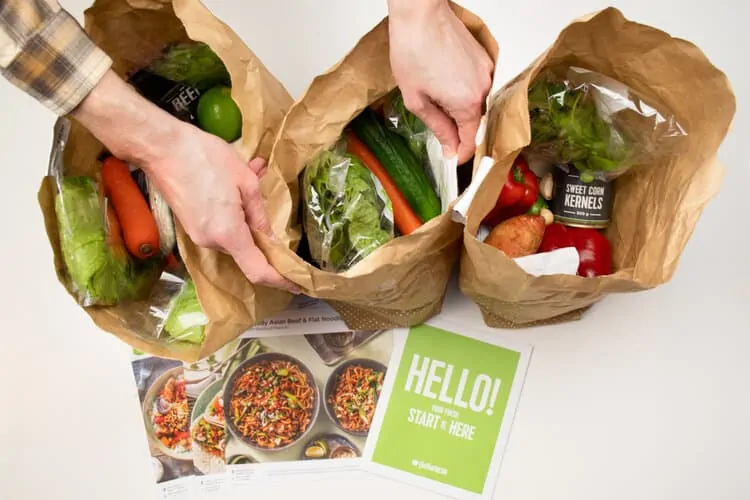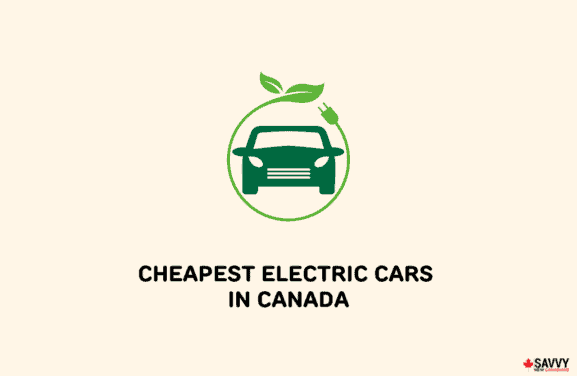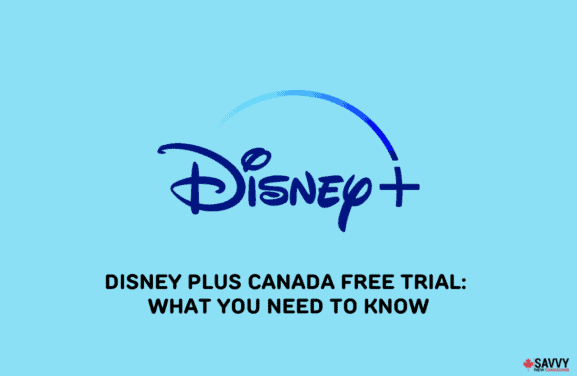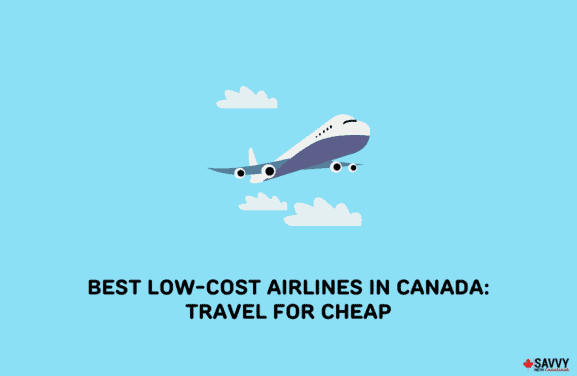To maintain their health, many busy professionals are turning to meal kits. These services take the guesswork out of meal selection and shopping – making them worth it if you want to save time on meal planning and reduce food waste.
Even as budgeting for your groceries, growing your own vegetables, earning cash back when you shop, and cutting your household expenses are becoming widespread, there is an apparent trend in meal kits in Canada.
However, their downsides have caused some to second-guess their usefulness. Are meal kits a net gain for those who use them? In this article, I will cover everything you need to know about meal kits in Canada and how the industry stands today.
Key Takeaways
- Meal kits have become a practical option for Canadians wanting convenience, healthier meals, minimal food wastage and potential cost savings when going out to eat.
- According to The Dalhousie University, 8.4% of Canadians had meal subscriptions in 2022. This is a two-fold increase from 2017 when only 4% of Canadians purchased meal kits.
- The meal kit market in the country was worth $1.1 billion in 2022. The three most popular meal kit services in Canada are HelloFresh (32%), Good Food (24.6%) and Hello Fresh-owned Chef’s Plate (14.9%).
What Exactly Are Meal Kits?
Meal kits are meals-in-a-box. Everything needed to prepare a healthy, nutritious dinner is contained within.
Frequently, these kits don’t just contain ingredients – they often come pre-chopped and properly proportioned. All you need to do is follow the instructions on the recipe card.
Given the convenience these kits offer, it’s not hard to understand the success they’ve enjoyed in Europe and the United States.

How Popular Are Meal Kits in Canada?
In 2017, only 4% of Canadian households purchased a meal kit. In a more recent study, the Dalhousie University reported that the percentage of Canadians who had meal subscriptions in May 2022 decreased to 8.4% from 12.8% in November 2020. The reason for the decline was attributed to meal kits being pricey.
While its popularity has slowed down, the meal kit market in Canada was worth about $1.1 billion in 2022. The top three most popular services are HelloFresh (32%), Good Food (24.6%) and Hello Fresh-owned Chef’s Plate (14.9%).
Canadians surveyed cited three reasons for using meal kits: convenience, “to save time” and “to avoid planning meals.”
How Much Do Meal Kits Cost in Canada?
A plan with 3 recipes/2 servings per week costs $78 at HelloFresh, $65 to $70 at GoodFood, and $60 at Chef’s Plate.
According to a survey conducted by the Agri-Food Analytics Lab at Dalhousie University, the average price of a meal-kit service is typically $8 to $13 per meal, per person.
Also, HelloFresh has a trusted brand that’s known around the world, Chef’s Plate works with local food producers, and GoodFood contributes to school lunch programs.
Are Canadian Meal Kits Widely Available?
At first, you could only get meal kits in Southern Ontario & Quebec, and BC’s Lower Mainland. However, as industry leaders have grown, so has their ability to reach the hinterland.
Today, over 95% of Canadians can have meal kits delivered to their front door. Some gaps still exist – for instance, both Chef’s Plate and GoodFood have yet to expand to Newfoundland.
Cook It, which offers hormone-free meats, operates only in Ontario and Quebec. Spud, a Western Canadian meal kit company, is available only in Vancouver, Victoria, Calgary, and Edmonton.
Related: Best Food Delivery Apps in Canada.
Will I Save Money Using Meal Kits?
Finance guru Dave Ramsey did a side-by-side analysis. He compared the cost of meal kit recipes to ingredients sourced from his local grocery store.
Here’s what he found: the meal kit service he used cost $39.96 per four-serving meal. However, by picking up ingredients on your own, the average cost was $22.62 per meal. That works out to 43% less!
In one case, the cost of a two-serving meal was actually cheaper than the grocery store equivalent. However, these instances are rare exceptions.
Canadians who buy meal kits don’t do it to save money on groceries. They do so to avoid relying on takeout food. Apps like Skip the Dishes have gained widespread acceptance. With a few taps, you can have restaurant meals delivered to your door.
How Can I Fit a Meal Kit Membership Into My Budget?
Most people misunderstand the value proposition of meal kits. They’re not a cheaper way to source healthy groceries. They’re a niche product for time-crunched Canadians who want to improve their diets.
If you’re a two-person household, try ordering the four-serving packages (i.e., the family portion). While expensive up front, their per serving cost is often much less than the two-serving packages.
Save what you don’t eat in Tupperware containers, and you can stretch these meals over an entire week.
Want to keep things simple? Take a long look at your household budget. We all value some things more than others. If eating quality, healthy food is worth more to you than cable television, consider cancelling the latter.
The average Canadian spends $66 per month on cable TV. Cutting this expense frees up capital you can put towards a meal kit subscription.
Also, bear in mind that using meal kits replaces a portion of your grocery budget. Combined with savings found by combing through your budget, you may find enough savings to afford a food box.
Meal Kits Can Be a Viable Option For Anyone
If time is not on your side, meal kits save the day by providing you with the ingredients needed to make healthy and flavourful dishes quickly.
Give one of them a try this month. That way, you can figure out whether or not their service makes sense for your household.
Related Posts:



